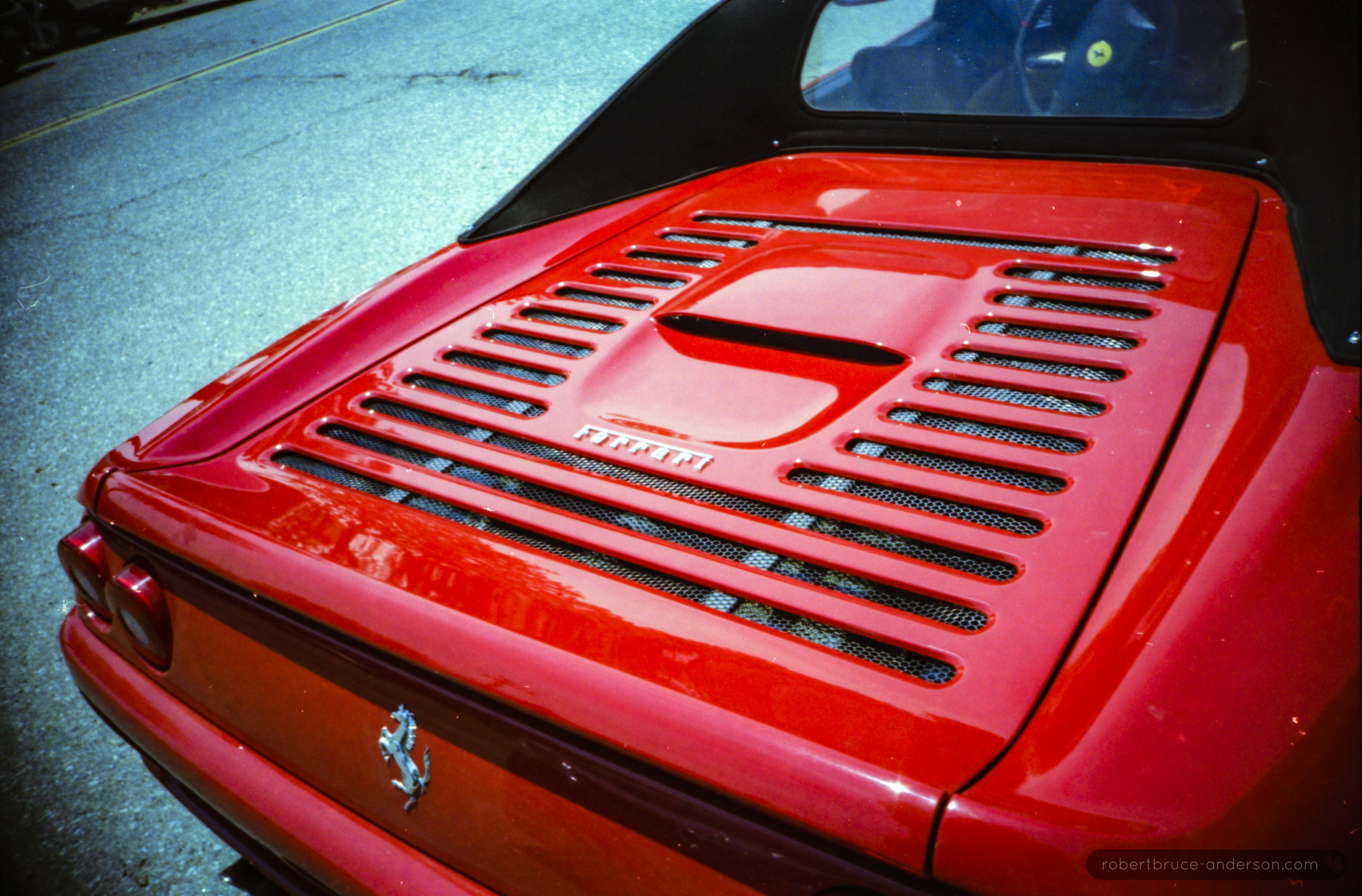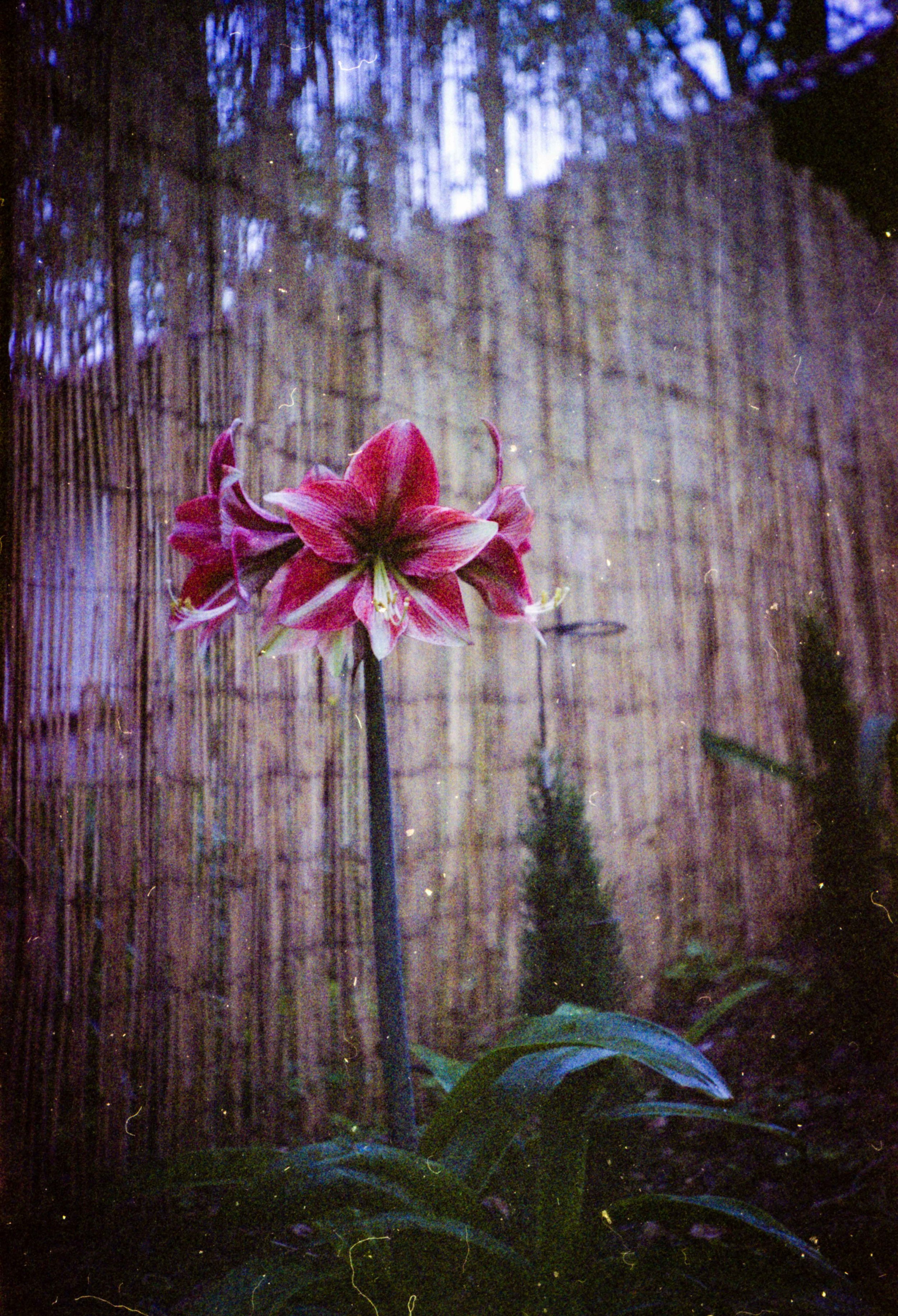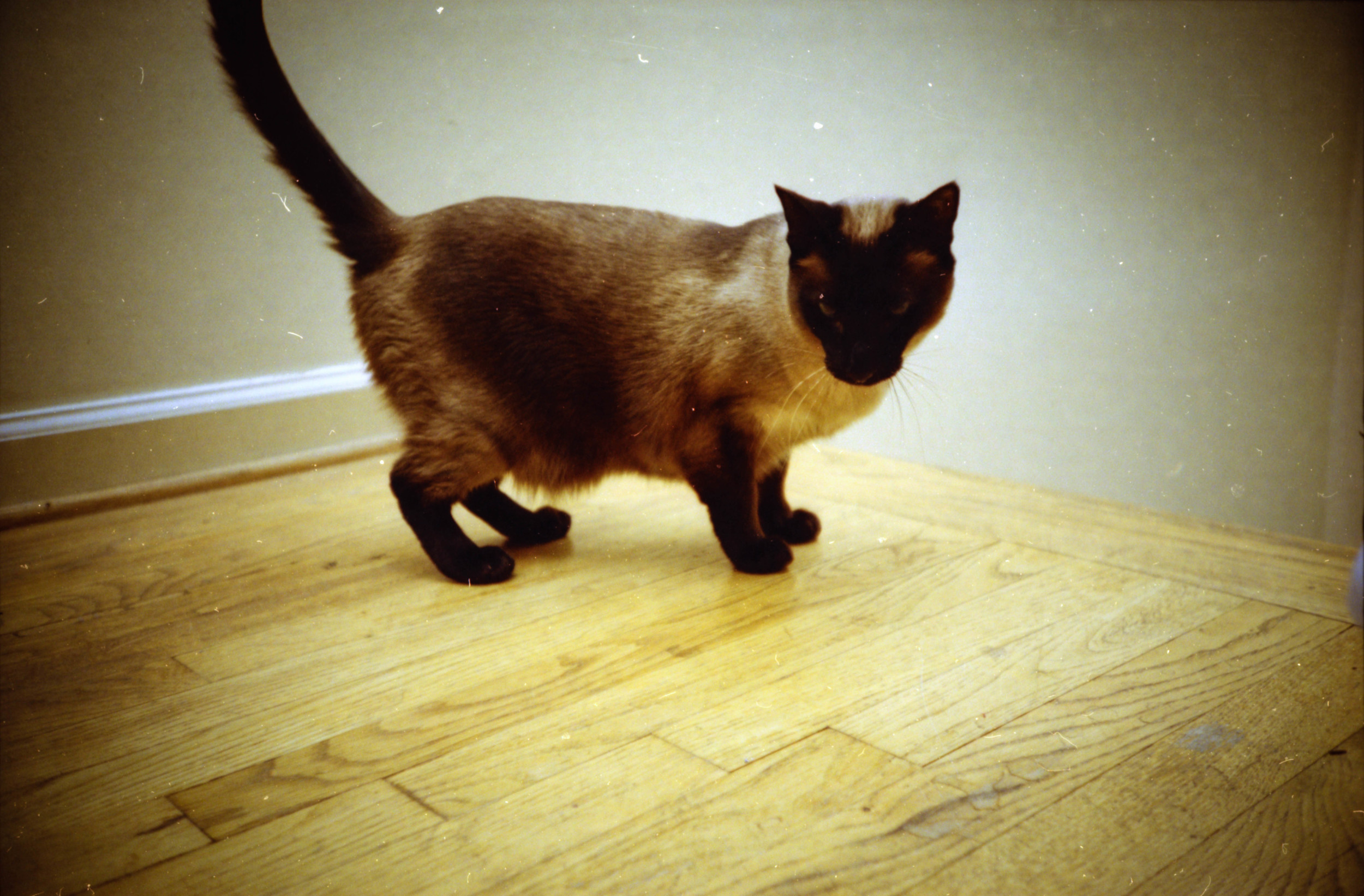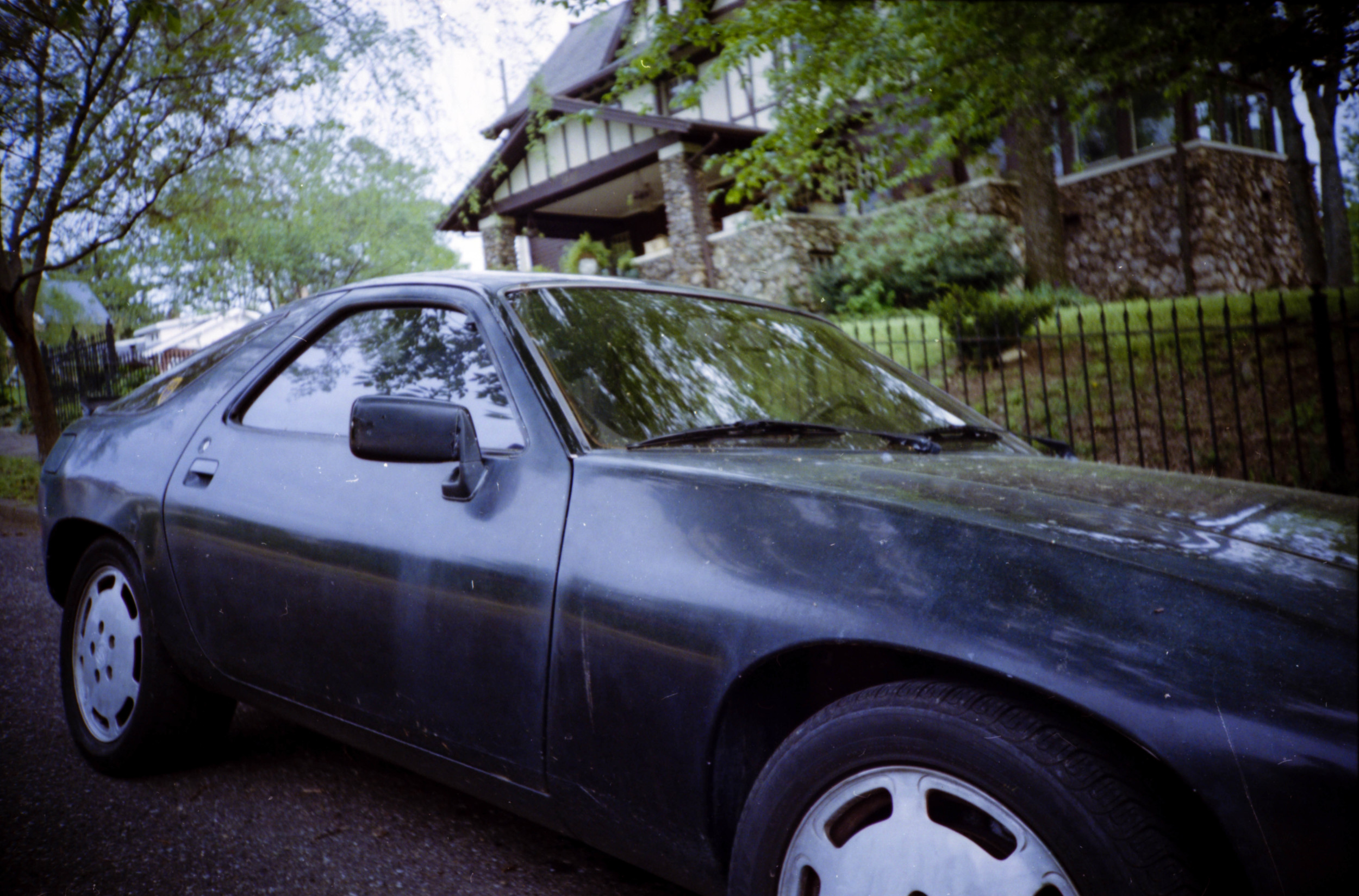Toy Camera Revolution
The "Lomo effect" with heavy vignetting, vibrant colors, unspecific focus, and fisheye viewpoint.
Ломо Kompakt Automat
Russia's answer to the compact automatic 35mm film camera.
The Lomo is a simple point-and-shoot 35mm camera which can produce photos with a distinctive effect that can be evocative and powerful in an uncommon way. The camera forces its user to abandon much of the control we have become accustomed to, and enables one to approach camera work from a new angle.
The Lomo LC-A
This camera was first made available in 1984. It was invented and built in the USSR, and carries on the fine tradition of Russian design sense and priorities.
Soviet ingenuity has certainly had a big influence on modern society. The cold war forced the USSR to fend for themselves on all fronts, which meant there were limited resources and technology was not widely shared. Nuclear weapons and the space race tend to take the spotlight when one considers the cold war, but all aspects of technology were affected in a similar fashion. Consumer tech such as cars, phones, stereos, televisions, and cameras would all have to be developed entirely within Soviet Russia's boarder.
The tech developed under communist has a seemingly reversed priority system. They are prepared to sacrifice precision and beauty in favor of mass production and frugality. Soviet design eschews comfort for efficiency. So what happens when this is applied to a point-and-shoot camera?
This is what it looks like from the inside
I recently had the pleasure of taking one apart and seeing what its insides look like. One wire was loose from its board and required re-soldering, and the shutter blades needed to be cleaned. The LC-A is a clever little system. The aperture and shutter are the same mechanism, utilizing two blades with V-shapes which overlap and come together. The shutter timer can be locked at 1/60s to adjust the aperture, or you can use an automatic light meter which selects the shutter speed for you. This system is rather ingenious, as it uses a light sensor which keeps an electromagnet activated, which holds the shutter open as long as necessary. This means your actual shutter release speed will be different ever time the light changes in the slightest way. The camera only has one hard-set shutter speed, which is really only included to accommodate flash photography. The shutter can be open for up to two minutes, which is a feature most point-and-shoot 35mm cameras did not have.
The focus range interface.
The Lomo has 4 focusing options - 0.8m, 1.5m, 3.0m, and infinity. Using it has been a lesson in the metric system. Essentially, you can focus at one arms length, one body length, three big steps, or everything else. This is very distressing for the first-time user, but the first thing enthusiasts will tell you is to forget about being precise.
The Lomo camera reminds us how precision does not necessarily evoke any more emotion or meaning from an image. Photography can be an impressionist art form. Its all just color and shape in the end.
The Lomo is one of several "toy" cameras that have become popular lately. Despite all predictions, digital has not killed film entirely yet. 35mm has lasted long enough for trends to adopt it for nostalgic purposes. Lomo has begun making new cameras, and many of the old ones still work. There is a great deal of renewed interest in this style of photography.
On a personal level, I enjoy it for several reasons. It is certainly an interesting artistic tool and historical curiosity, but it is a legitimately useful tool. It is quite small and incredibly portable. It only makes a small snap when it takes a photo, and its all-black construction is very discrete.
Here is a selection of shots from the first roll of film from my Lomo. I don't believe I have taken anything truly epic so far, but I have learned a lot about how this little device works.
Once I worked out the kinks in my original Soviet-made Lomo, it actually came to life and clearly produced the classic 'lomo effect'. The basic lens manages to catch enough detail to make an in-focus image, but causes significant distortion towards the edges.



























































